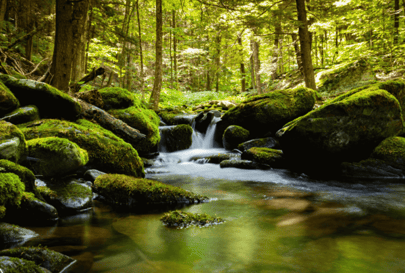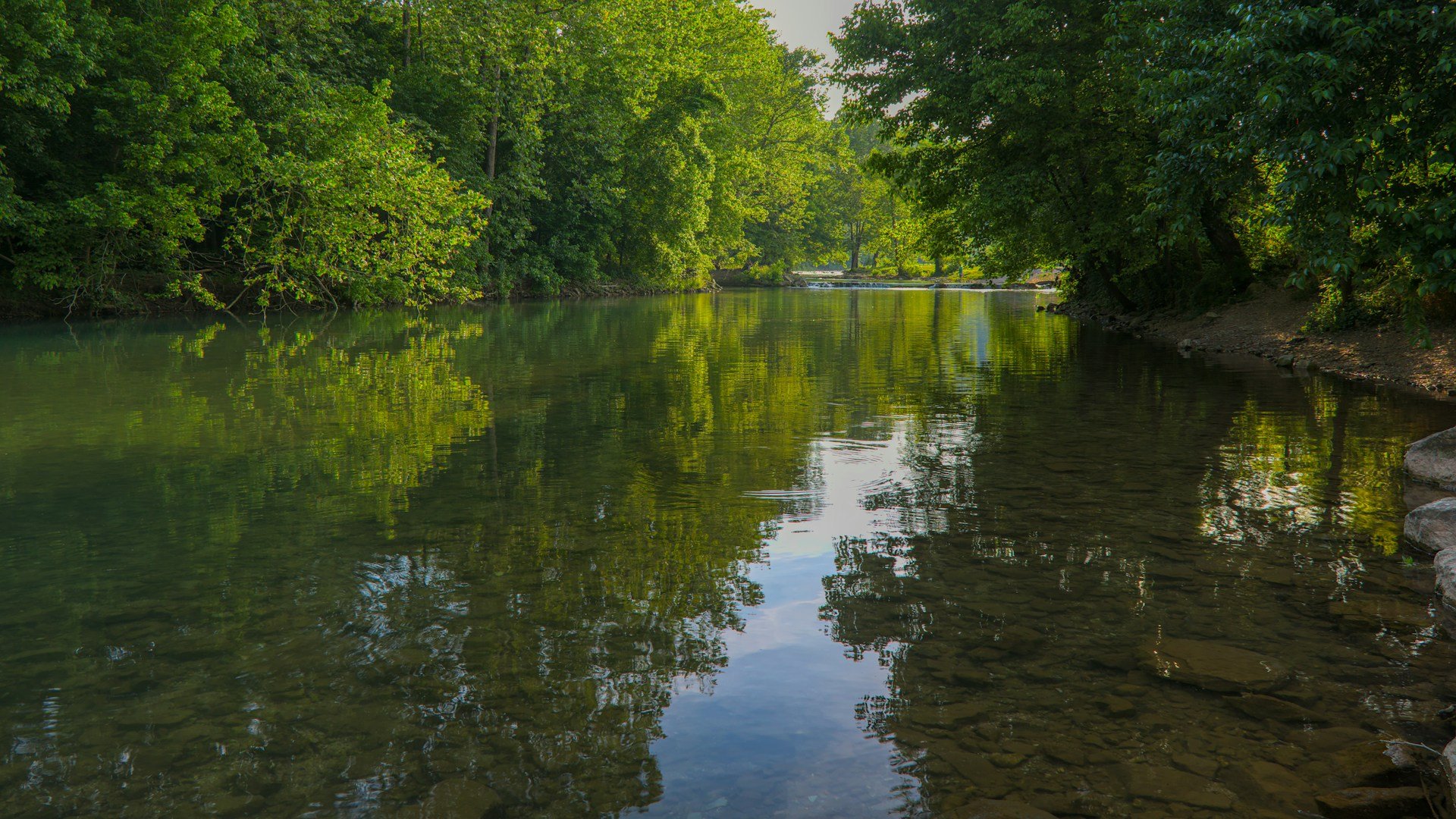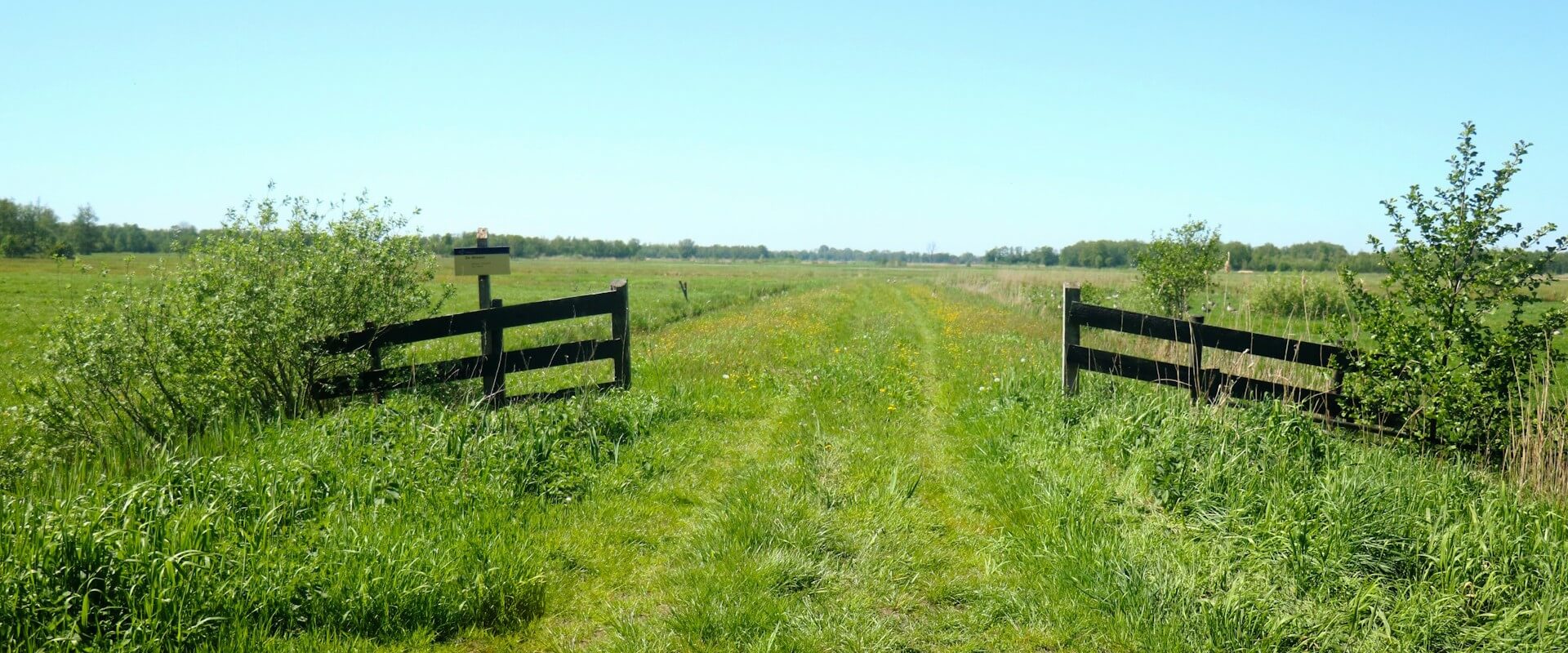Rivers are part of the fundamental support system for our environment and an essential part of the framework for economies and societies worldwide. Their importance cannot be overstated, yet their significance is often overlooked. In this blog post, we hope to
- Demystify the complexity of rivers,
- Emphasize their role in our ecosystems,
- Discuss the factors influencing their flow,
- Show the impact of seasonal changes, and
- Address the human impact on rivers and the advancements in technology that are helping us to better understand and protect these vital waterways.
Understanding River Flow
The flow of a river, or its discharge, is a measure of how much water is moving through the river channel at any given time. This flow is not constant; it varies due to several factors such as rainfall and snowmelt. These elements contribute to the overall health and functionality of a river along with the terrain through which a river flows - this includes the slope and the type of soil in its basin. These natural factors combined dictate the river's capacity to support life and in turn, sustain human activities in the area.
Seasonal Variations and Their Impact
 Rivers undergo significant changes with the seasons, which can dramatically alter their behavior and, by extension, their ecological and social impacts. In temperate regions, for example, the spring melt increases river flow dramatically, replenishing water supplies and supporting the renewal of aquatic habitats. In tropical areas, seasonal rains can lead to flooding, which, while potentially hazardous, also play a crucial role in maintaining fertile lands and diverse ecosystems.
Rivers undergo significant changes with the seasons, which can dramatically alter their behavior and, by extension, their ecological and social impacts. In temperate regions, for example, the spring melt increases river flow dramatically, replenishing water supplies and supporting the renewal of aquatic habitats. In tropical areas, seasonal rains can lead to flooding, which, while potentially hazardous, also play a crucial role in maintaining fertile lands and diverse ecosystems.
The Mississippi River in the United States illustrates the profound impact of seasonal variations on rivers. Stretching from Minnesota to the Gulf of Mexico, it supports a wide range of industries and livelihoods. Agriculture along the Mississippi, for example, relies heavily on its waters for irrigation. The river's flow is closely monitored to manage water resources effectively, protect against flooding, and support navigation and commerce.
The Human Impact
Human activities have significantly altered rivers worldwide. Urban development, agriculture, and industry can change a river's natural flow, affect its water quality, and disrupt the habitats of countless species that depend on river ecosystems to survive. Deforestation and the construction of dams and levees have also contributed to the degradation of river systems. These changes not only harm the environment but also affect the availability of water for drinking, farming, and other essential uses.
Climate change is another critical factor influencing river systems, leading to more extreme weather events, such as floods and droughts, which can further disrupt the delicate balance of river ecosystems. These human-induced changes underscore the need for careful management and conservation of our river systems to protect the natural environment and ensure the sustainability of human societies.
Technological Advancements in River Monitoring
Fortunately, advancements in technology are improving our ability to monitor and manage rivers. Satellite imagery, remote sensing, and hydrological models now allow scientists to track changes in river flow, sediment transport, and water quality with unprecedented accuracy and detail. These tools are essential for developing effective strategies for river management and conservation, helping to mitigate the impacts of human activities and climate change on these critical ecosystems.
For instance, sophisticated modeling techniques can predict how rivers will respond to various scenarios, such as changes in land use or climate conditions. This information is vital for making informed decisions about water resource management, flood prevention, and habitat protection. By leveraging technology, we can better understand the complex dynamics of river systems and work towards their preservation.
The Path Forward
The health of rivers is intricately linked to the well-being of the planet and its inhabitants. Protecting rivers means more than just conserving water; it involves maintaining the integrity of ecosystems, supporting biodiversity, and ensuring the availability of resources for future generations. This requires a concerted effort from governments, communities, and individuals to adopt sustainable practices and make informed decisions that prioritize the health of river systems.
Public awareness and education are crucial in fostering a sense of responsibility towards our environment. By understanding the vital role rivers play in our world, we can be better stewards of these resources, advocating for policies and practices that promote their conservation. Additionally, supporting scientific research and technological innovation in river monitoring and management can lead to more effective and sustainable solutions to the challenges facing our rivers.
As you hopefully understand now better than ever, rivers are more than just bodies of water; they are lifelines that support diverse ecosystems and human societies. Their preservation is essential for maintaining the balance of our natural world and ensuring a sustainable future. Through careful management, technological innovation, and a collective commitment to conservation, we can protect these vital resources for generations to come.
About the Author
Dr. Christine Pickens is a wetland ecologist with over 15 years of experience managing a diversity of projects across the US focused on ecological research, restoration project management, and partnership building. Her current on-the-ground efforts are focused on multi-disciplinary coordination of dam removal and conservation of imperiled wetland types while expanding public access to and understanding of nature through park development and educational outreach.
Learn MoreWe are a trusted partner for dam removal projects to restore our rivers to their natural state
Learn More






